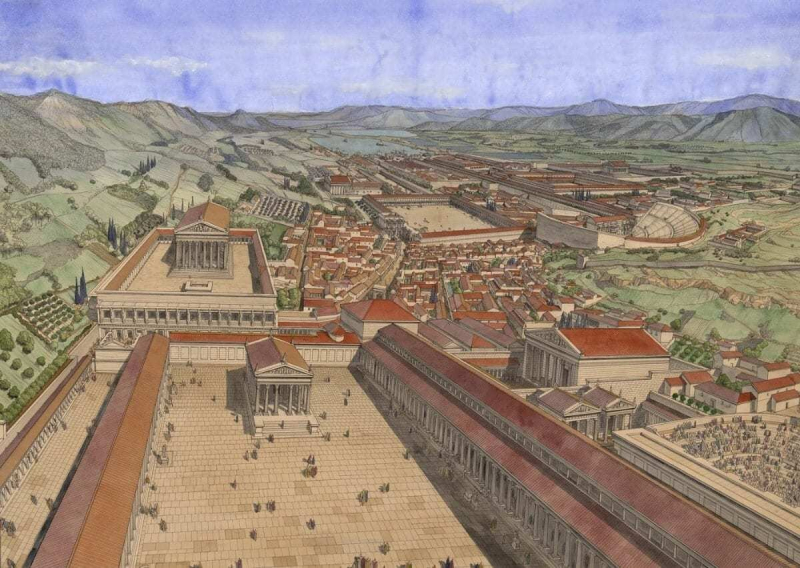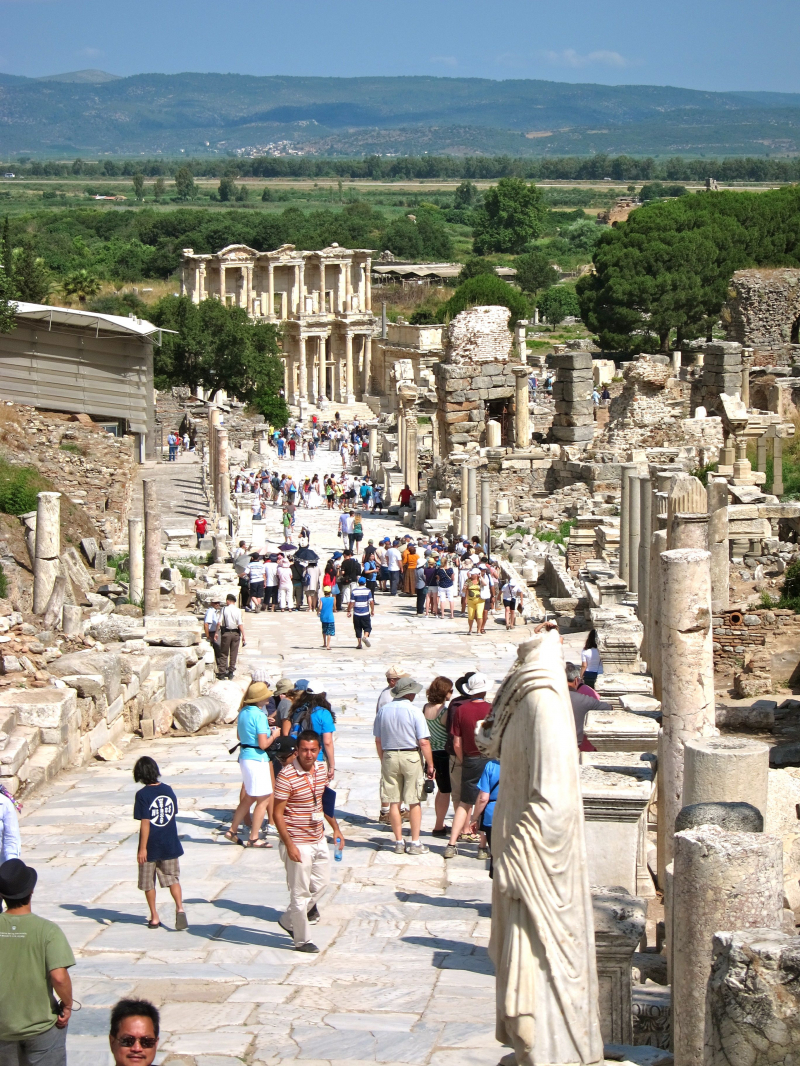Ephesus
One of the most important cities of Ancient Rome was Ephesus. A story states that the legendary Amazons established Ephesus, which was given the name Ephesia in honor of one of their queens. However, the Cimmerian raid on a Greek town in the seventh century BCE is the first time the city's existence is mentioned in writing. The city swiftly recovered, and Ephesus rose to prominence as one of the richest towns in the Mediterranean region under the reign of the Lydian rulers. The enormous Temple of Artemis, one of the Seven Wonders of the Ancient World, was built during the reign of King Croesus. The city kept growing and developing, turning into a hub for trade and business. Due to the silting of the previous harbor and the creation of unhealthy wetlands during the Hellenistic period, the city had to be relocated two kilometers inland to its current position.
Ephesus was given to the Romans by the Pergamon king Attalos in 129 BCE. Except for a short uprising in 88 BCE, the city would continue to be governed by Rome in the centuries that followed. Ephesus retained its riches and power as a regional capital while being a part of the Roman Empire. A hub of scholarship and philosophy, Ephesus became known for its magnificent Library of Celsus, the remains of which may still be seen today. The huge theater was the biggest in the Roman world and could hold 25,000 people. In 57 CE, the historic demonstration against Paul's teachings took place in the theater. Ephesus, which housed the greatest Christian community in the empire, quickly rose to prominence as the principal early Christian center despite initial opposition.
The Goths destroyed Ephesus in 262 CE, along with the Temple of Artemis. Ephesus never regained its previous magnificence despite imperial attempts to reconstruct the Roman city. Its population slowly decreased as the city population decreased. The Basilica of St. John was constructed in the sixth century by the emperor Justinian. Early in the Middle Ages, Ephesus port was abandoned. Ephesus was only a little town when it was conquered by the Seljuqs in 1090. Even this was abandoned after a brief period of magnificence in the 14th century, and the exact location of the once-famous city was hidden until 1869.
















